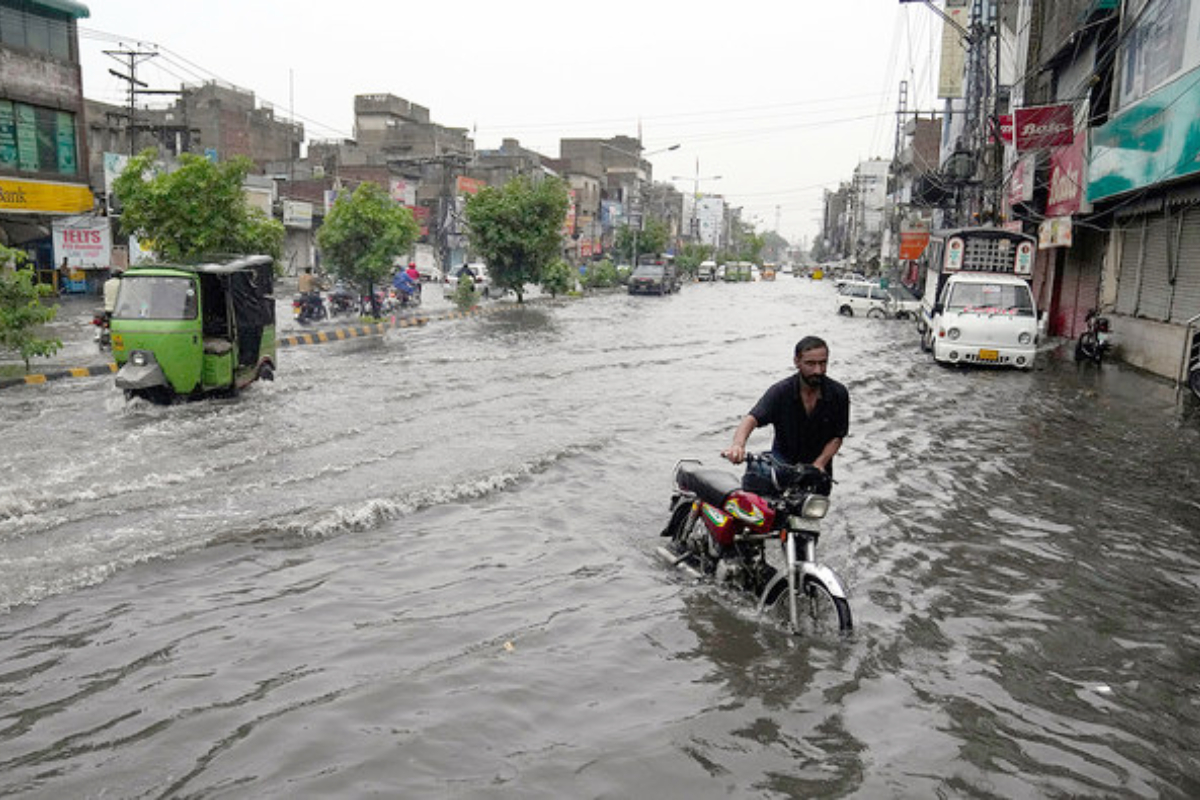As one of the countries most affected by climate change, Pakistan recorded over a 50% increase in monsoon rainfall compared to the usual downpour from July to September, according to data from the Pakistan Meteorological Department (PMD).
The Met Office reported that the country received an average of 212.1 millimeters of rain between July 1 and September 30, which is 51% higher than the normal rainfall of 140.9mm for this period.
This finding follows a series of floods in recent years, both minor and major, triggered by heavy rainfall across different regions. These events are likely linked to the ongoing global climate change crisis, with Pakistan, particularly in the Global South, being significantly impacted.
Floods and heavy rains have severely affected parts of the country, including Khyber Pakhtunkhwa, Balochistan, and Punjab.

The Met Office provided a breakdown of rainfall across provinces, highlighting that Balochistan saw the largest surge, with a 111% increase in rainfall, recording 122.9mm compared to the usual 58.3mm from July 1 to September 30.
Sindh experienced the second-highest increase at 108%, receiving 278.4mm of rain against the normal 133.7mm.
Punjab recorded a 48% rise in rainfall, with 344mm compared to the typical 231.9mm, while Gilgit-Baltistan saw only a slight increase of 2%, with 40.5mm of rain compared to the usual 39.7mm.
In contrast, Azad Jammu and Kashmir (AJK) and Khyber Pakhtunkhwa (KP) both experienced decreases in rainfall. AJK recorded a 21% decline, with 306.5mm of rain compared to the usual 389.5mm, while KP saw a 5% decrease, receiving 242.6mm compared to the normal 256.3mm.
















